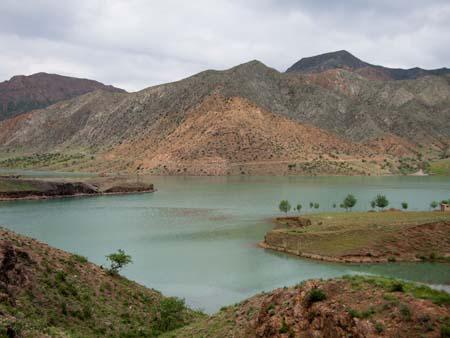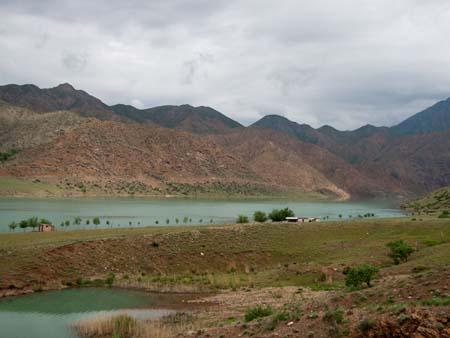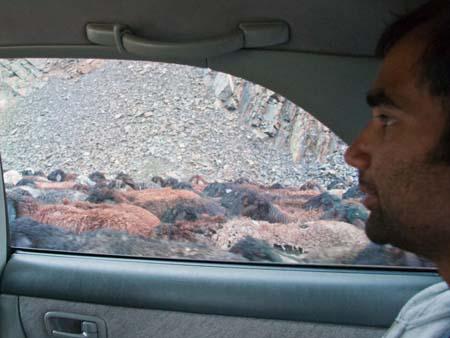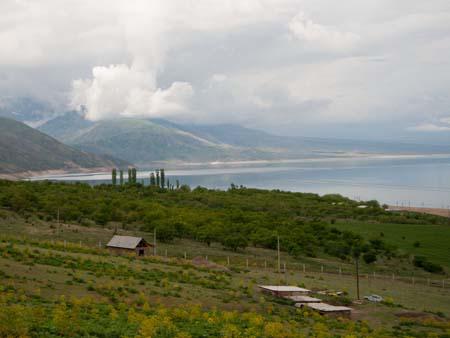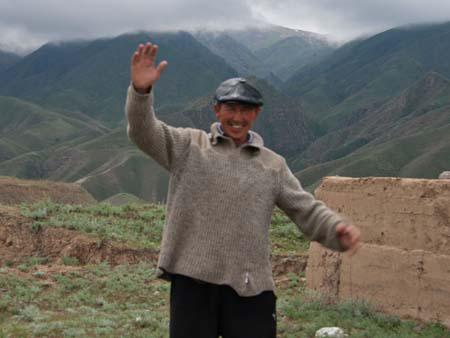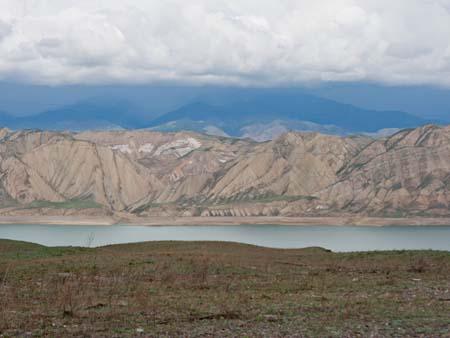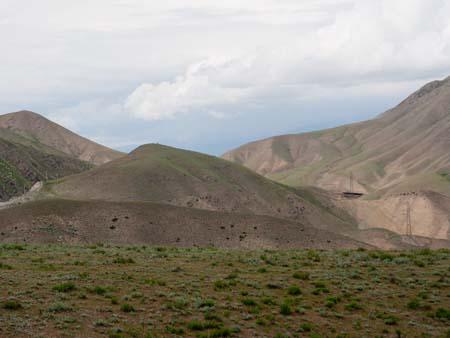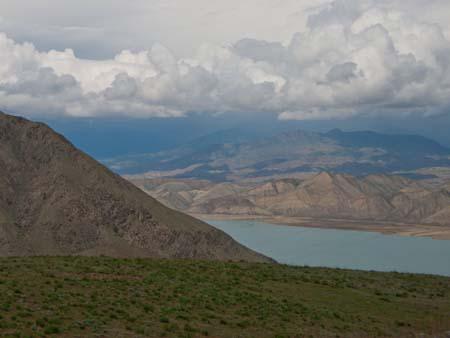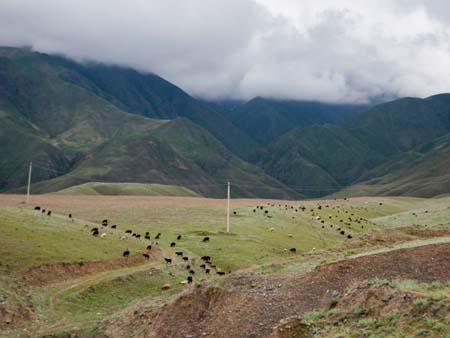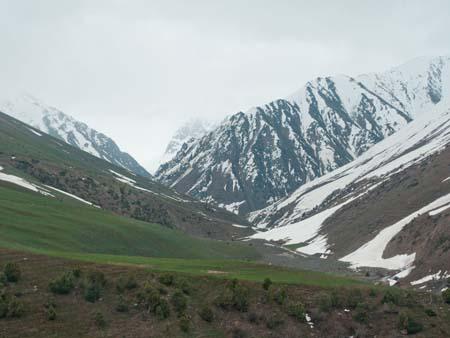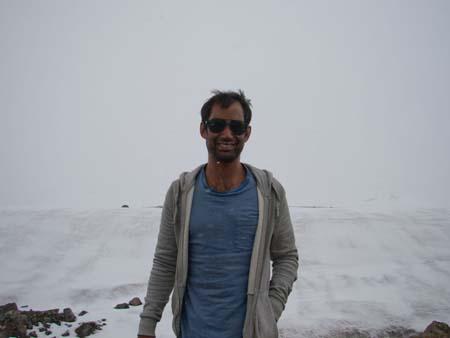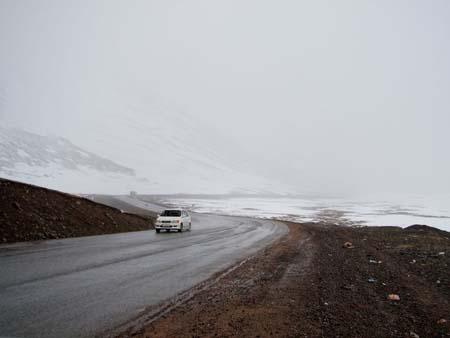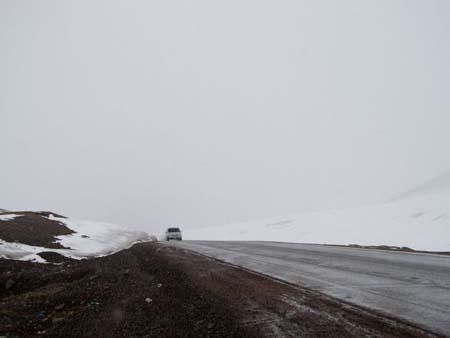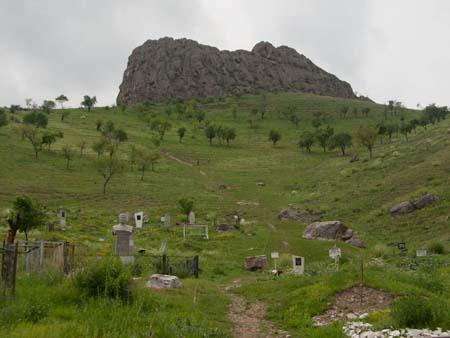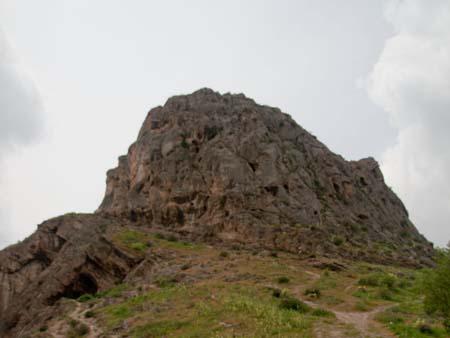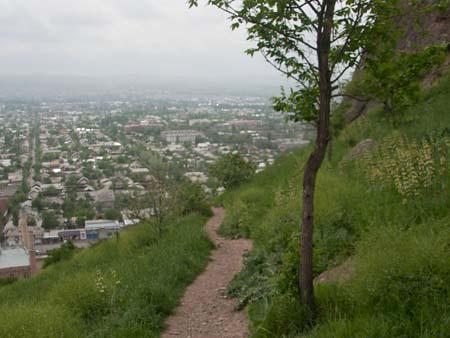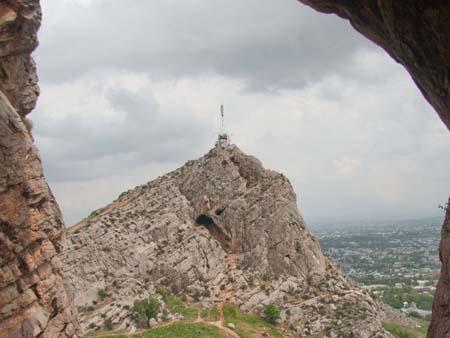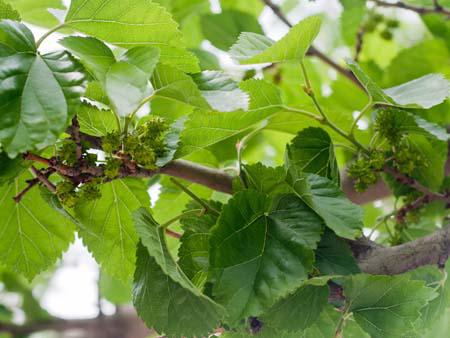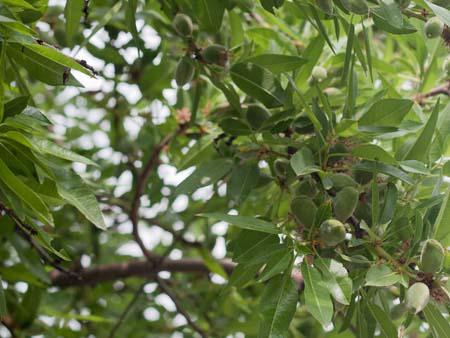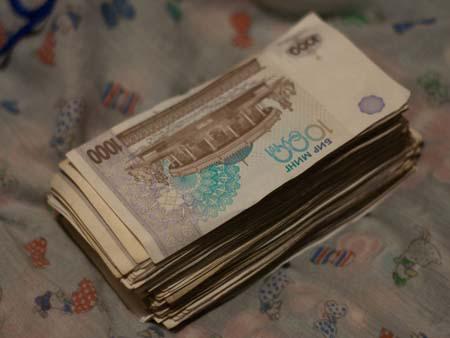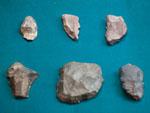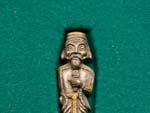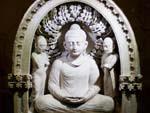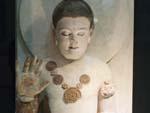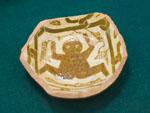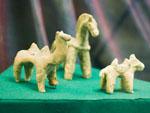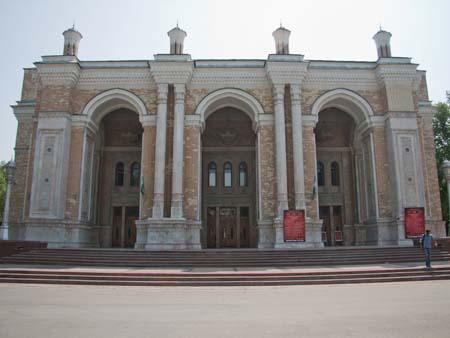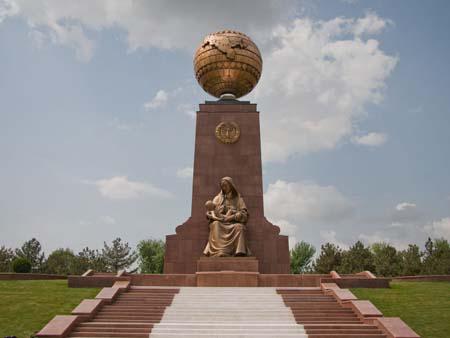From Osh we headed to Bishkek, the road was described to be scenically spectacular so we hired a private driver for $100 which allowed us to stop along the way to take photos and enjoy the scenery.
Highlights along the route were Toktogul Lake and the two passes, Ala-Bel Pass at 3184m and Tor-Ashuu Pass at 3586m, both were snowing at the time and the valleys were white-washed with snow. It was quite surreal having come from lush green vegetation with poppy sprinkled meadows only a few hours before.
In Bishkek stayed at a very local guesthouse – the Bishkek Guesthouse – run by a pair of Uzbek brothers who are barely out of their teens. The guesthouse was basically a three bed, one bathroom apartment on the seventh floor. It was cosy, to say the least, as the place also doubled as some form of student accommodation.
There wasn’t too much to do in Bishkek, the usual monuments of Lenin, the Osh Bazaar and museums. We wandered around observing the locals (which were comprised of Kyrgyz, Russians, and Ukrainians). The city itself did not present anything particularly memorable, except for a local scammer who imitated a police officer requesting my passport at the bustling Osh Bazaar – if I had handed it to him I suspect I would have had to pay to get it back.




































































































